 | ||
Similar L Ron Hubbard, Alfred Korzybski, Dianetics: The Modern Science of Mental Health | ||
The emotional tone scale
In Scientology, the tone scale or emotional tone scale is a characterization of human behavior. It is based on the idea that some people appear to be more lively and alive than other people; this increased liveliness is orderly. Author L. Ron Hubbard spelled the idea out saying, "just draw a horizontal line on the page. Put the people who are less alive on the bottom and the people who are more alive on the top."
Contents
- The emotional tone scale
- The emotional tone scale scientology tools for life
- Details of the scale
- Variants
- References
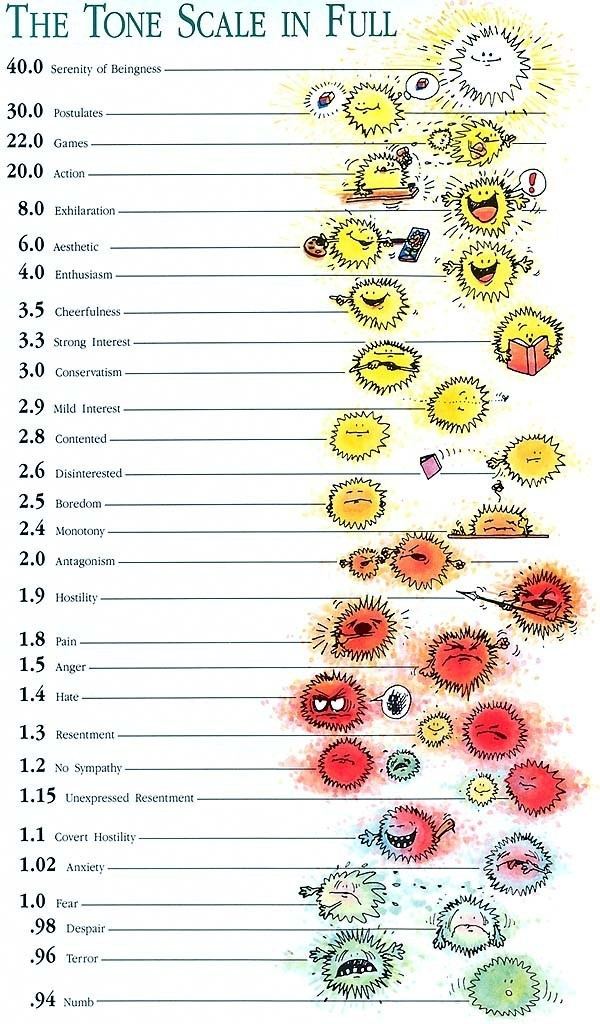
In his 1951 book Science of Survival, Hubbard expanded the idea into many increments. The idea states that a "tone" has many manifestations including appearance, chronic emotion, the way the person handles other people, how well the person can pass on a communication given to them, and other characteristics.

The emotional tone scale scientology tools for life
Details of the scale
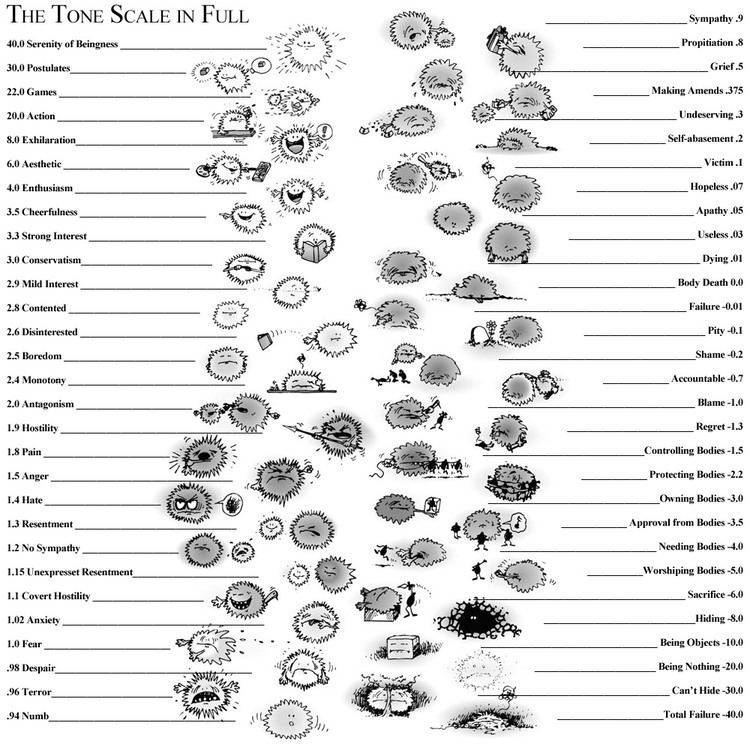
Hubbard devised the "Tone Scale" in 1951 as a tool for auditors in Scientology. Scientologists believe it intends to classify people in a range or scale according to how spiritually alive and how dead a person is, both personally and in their relationships to others. It prescribes auditing procedures to use with a person depending where they are on the scale.
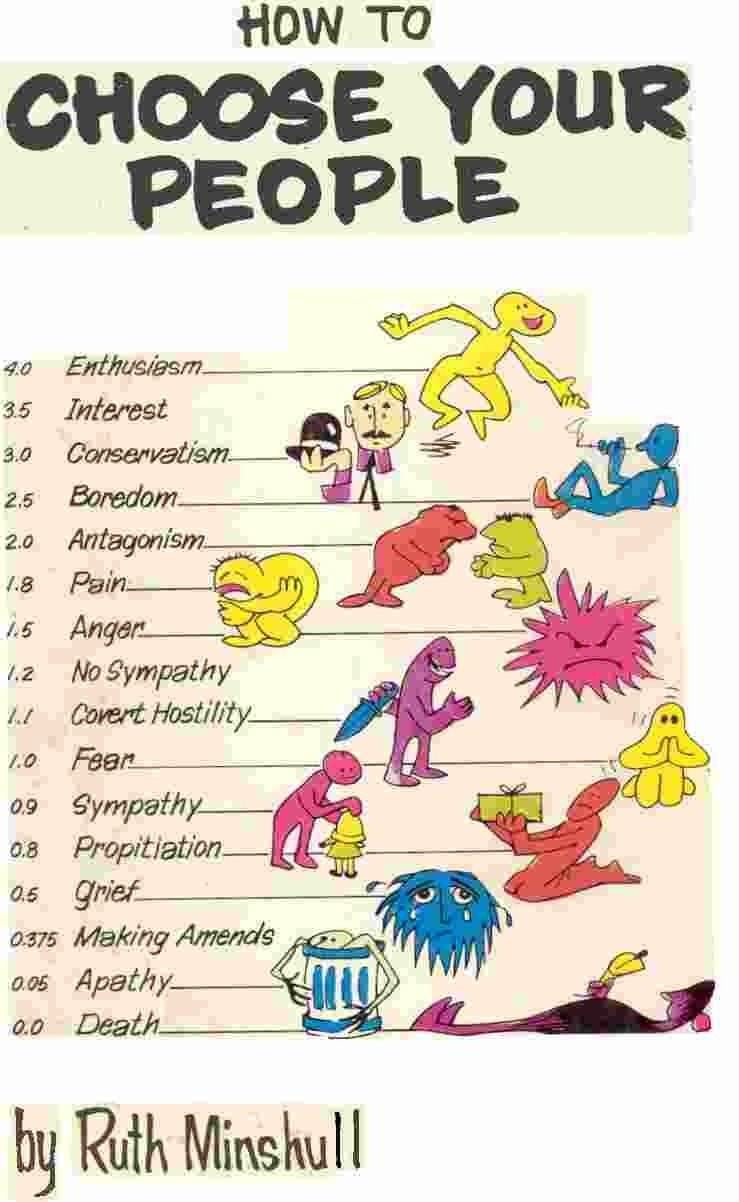
Hubbard expanded on the idea and created 81 increments which he numbered from -40 (total failure) to +40 (serenity of beingness). Hubbard's full scale appears on the right. According to Scientologists a person chronically focused on death and destruction is at the low end of the tone scale, while a person focused on creativity is at the high end of the scale.
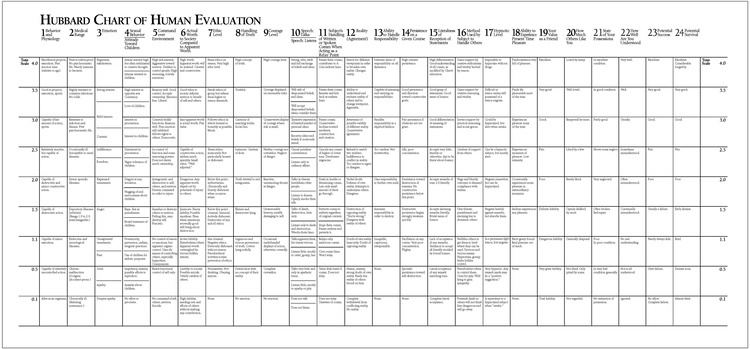
A noteworthy mechanism of the scale involves a person as they approach and react to pain. As a person approaches pain, they allegedly become more antagonistic and less cheerful. It is purported that after receiving pain, they will be angry about it, and then, if the pain persists, can become more overwhelmed by it, progressing down through fear, grief, apathy, into failure, etc. Auditing allegedly reverses this path. Scientologists aim to be at the higher levels of the tone scale and believe that Scientology auditing will move them to a higher average level of the tone scale.
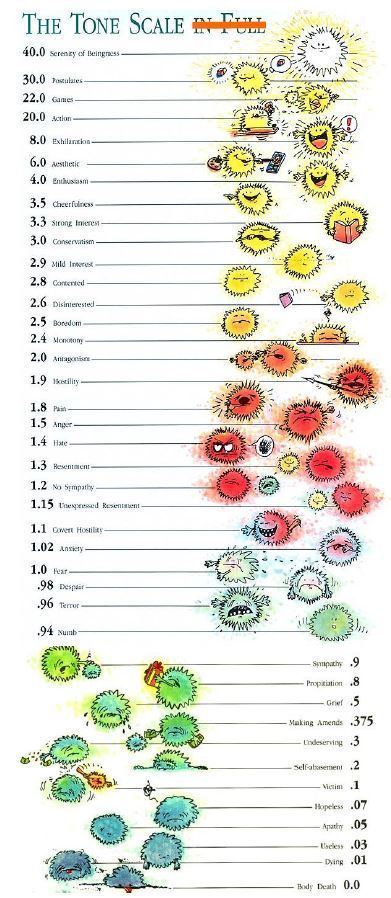
While a person can rationally be any place on the tone scale due to circumstances, Scientologists argue that one should not, under normal circumstances, be stuck any particular place on the scale. Also, in Scientology one can be at various places on the tone scale in different areas of life, such as being chronically 'high on' oneself and chronically 'down on' people or one's partner. Such discrepancy is allegedly an indication of a problem.
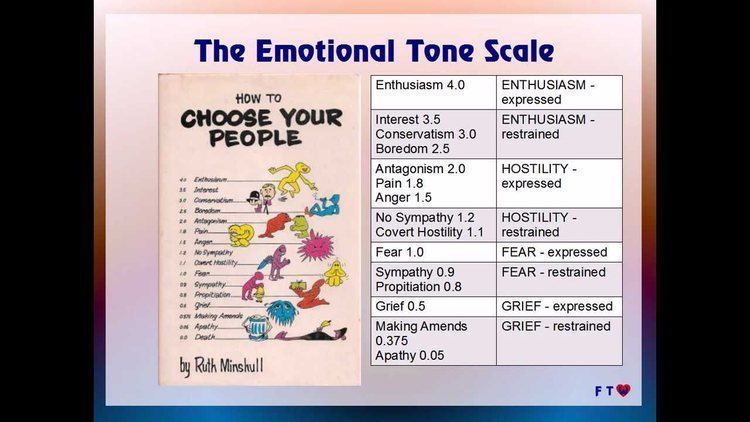
The ultimate goal of Scientology is claimed to be "a free being". By Scientology's definition, a free being can be and does not have to be any place on the scale. A free being does not have to avoid certain areas of the scale, although one could as a matter of choice or taste.
Allegedly, the lower a person is on the scale, the more complex and solid their problems are and the more effort it takes to make even a little positive and real long-term gain for that person. Thus, spotting a person as low on the scale allows one to make a decision regarding how careful or involved one should become in dealing with that person.
According to Lawrence Wright, Scientology's theory on the highest levels of the tone scale is that they are “characterized by monogamy, constancy, a pleasurable attitude toward sex, and an intense interest in children.” Hubbard claims however, that sexual desire is sublimed into “pure creative thought,” superseding the desire to procreate.
Variants
Beyond the initial Tone Scale and its subsequent expanded version, there exists an "Emotional Tone Scale" and a "Reality Spotting by E-Meter" scale, which outlines anticipated E-Meter responses for each segment of the Tone Scale. These scales, along with other related diagrams and charts, are documented in L. Ron Hubbard's work, "Scientology 0-8: The Book of Basics."
